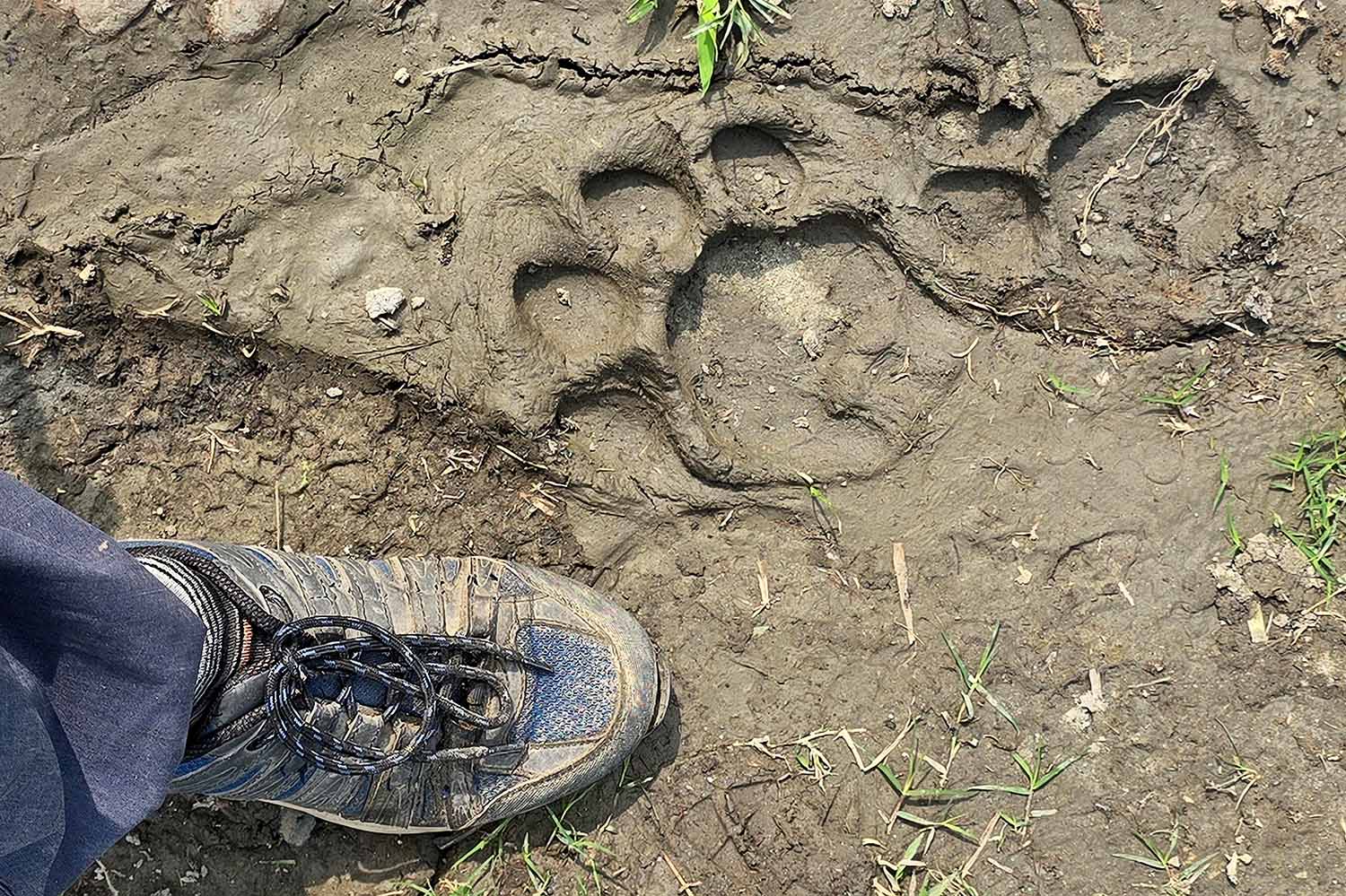Barking Up the Wrong Tree
Do you think you know what your dog is thinking or feeling? New research says many dog owners misread their pets’ behavior.

© TheDogPhotographer—iStock/Getty Images
When a dog makes adorable puppy eyes, it might seem obvious that the dog is begging for a treat. But it turns out humans may be barking up the wrong tree by misreading their pets’ cues.
To put human-dog interactions to the test, animal behavior researchers Holly Molinaro and Clive Wynne of Arizona State University conducted two experiments in which they asked people to interpret a series of dog videos.
In the first experiment, Molinaro and Wynne recorded dogs in happy situations, like being offered a leash to go for a walk, and negative (less happy) situations, like being close to a loud vacuum cleaner. In each situation, the dogs showed body language that indicated whether they were excited or upset. They then asked people to describe the dogs’ emotions.
Then the researchers edited the videos to change the dogs’ reactions: the happy dogs were edited into a negative context (near the vacuum), and the upset dogs were edited into the happy context (seeing a leash). Viewers were asked to describe the dogs’ emotions in these contexts.
When shown the edited videos, people frequently misidentified the situation, ignoring the dog’s body language and behavior and instead focusing on the situation around the dog. They believed the (upset) dog was happy to see the leash, while the (happy) dog was upset to be around the vacuum cleaner.
Courtesy of Arizona State University
Researchers edited a video so the dog reacted the same way to both a vacuum cleaner and a leash.
“In our study, when people saw a video of a dog apparently reacting to a vacuum cleaner, everyone said the dog was feeling bad and agitated,” said Molinaro. “But when they saw a video of the dog doing the exact same thing, but this time appearing to react to seeing his leash, everyone reported that the dog was feeling happy and calm. People were not judging a dog’s emotions based on the dog’s behavior, but on the situation the dog was in.”
The researchers say their experiments show that humans project their own feelings about situations onto dogs, which can cloud their ability to understand how their dogs are feeling. The researchers encourage people to be more aware instead and truly pay attention to their dogs.
“Our dogs are trying to communicate with us, but we humans seem determined to look at everything except the poor pooch himself,” said Wynne.




